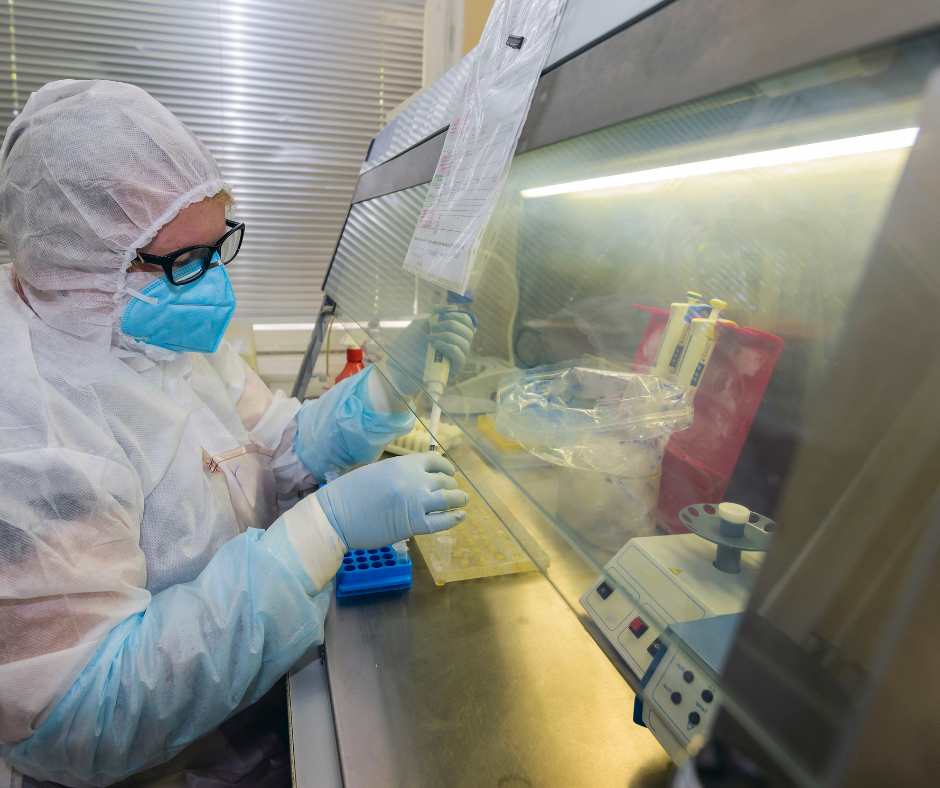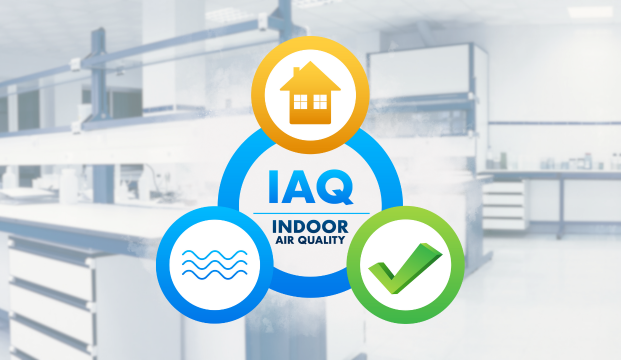With a heightened focus on environmental concerns and health issues, the significance of maintaining good indoor air quality has grown substantially. Poor air quality can have detrimental effects on health, productivity, and overall quality of life. Fortunately, in various industries, there is a solution that takes center stage in the battle against air pollutants—fume hoods. These devices play a pivotal role in effectively controlling and managing airborne contaminants, creating safer and healthier working environments for all.
The Hidden Dangers of Poor Indoor Air Quality
Poor indoor air quality (IAQ) can lead to a range of unpleasant symptoms, including irritation of the eyes, nose, throat, and lungs. Fatigue and headaches are also common signs of compromised air quality. One significant contributor to IAQ issues is excessive moisture. When there is an abundance of moisture present, it creates an environment that encourages the growth of bacteria, fungi, and mold. These microorganisms release spores and volatile organic compounds (VOCs) into the air, which can trigger allergic reactions and respiratory issues. Individuals with asthma or pre-existing respiratory conditions may experience worsened symptoms due to exposure to these contaminants. Prolonged exposure to mold spores and VOCs can contribute to the development of chronic respiratory conditions and sinusitis.
Chemicals used in laboratories can significantly contribute to poor air quality, posing risks to the health and safety of laboratory personnel. Laboratories often handle a wide range of chemicals, including VOCs, solvents, acids, and gases, which can release harmful fumes and particles into the air. These chemicals can have detrimental effects on indoor air quality if not properly managed.
The release of airborne chemicals can occur during various laboratory activities, such as handling, transferring, or storing hazardous substances. Without adequate ventilation and containment measures, these chemicals can escape into the surrounding environment, leading to the degradation of indoor air quality. Furthermore, spills, leaks, or improper storage practices can result in the release of toxic or reactive chemicals, further exacerbating air quality concerns.

To alleviate the adverse effects of chemicals on indoor air quality, it is essential to implement proper control measures. This includes utilizing well-designed and properly functioning ventilation systems, such as fume hoods, to effectively capture and remove chemical fumes at the source. Why has the spotlight turned to fume hoods? The answer lies in their ability to safeguard individuals and the environment from harmful pollutants.
Understanding Fume Hoods and Their Functionality
Rather than relying solely on personal protective equipment (PPE), fume hoods address the issue at its source. Fume hoods are enclosed workspaces commonly found in laboratories, research facilities, and manufacturing plants. They are designed to contain and exhaust hazardous substances, preventing their release into the surrounding environment. Fume hoods typically consist of a work surface, sash, exhaust system, and filtration mechanism. The exhaust system removes contaminated air, while the filtration system purifies the exhaust before it is released into the atmosphere.
Controlling Airborne Contaminants
One of the primary functions of fume hoods is to control and minimize the presence of airborne contaminants. Chemical vapors, fumes, gases, and particulate matter generated during laboratory experiments or industrial processes can be harmful when inhaled. Fume hoods effectively capture and remove these pollutants, ensuring they do not spread throughout the workspace or affect the health of personnel. By containing and ventilating hazardous substances, fume hoods significantly contribute to maintaining optimal indoor air quality.
Preventing Occupational Exposure

Occupational exposure to hazardous substances can have severe health consequences for workers. Fume hoods act as a protective barrier between employees and potentially harmful chemicals, preventing direct exposure. The continuous airflow within the fume hood sweeps contaminants away from the breathing zone, reducing the risk of inhalation or skin absorption. By creating a controlled environment, fume hoods mitigate the health hazards associated with various substances, promoting worker safety and well-being.
Enhancing Laboratory and Research Facility Safety
Laboratories and research facilities are inherently prone to potential accidents and chemical mishaps. Fume hoods play a crucial role in enhancing overall safety within these environments. In the event of spills, reactions, or unforeseen releases, fume hoods provide immediate containment and removal of hazardous substances. This swift response minimizes the likelihood of fires, explosions, or other incidents that can compromise the well-being of personnel and the integrity of the facility itself. Thus, fume hoods act as a vital safety measure, protecting both workers and the surrounding environment.
Maintenance and Regular Testing
To ensure the optimal functioning of fume hoods and maintain their effectiveness, regular maintenance and testing are essential. Airflow velocity, face velocity, and containment efficiency should be periodically assessed to verify compliance with safety standards and regulations. Filters should be replaced as needed to prevent the buildup of contaminants and maintain efficient filtration. Proper training and education of laboratory personnel on fume hood usage and maintenance procedures are also crucial for long-term effectiveness.
Optimizing Indoor Air Quality With Fume Hoods
Fume hoods play a critical role in maintaining and improving indoor air quality within various industries. By effectively capturing and removing airborne contaminants, they safeguard the health and safety of workers while preventing pollution in the surrounding environment. Fume hoods act as a frontline defense against occupational exposure to hazardous substances and contribute to the overall safety of laboratory and research facilities. Regular maintenance and testing are imperative to ensure their continued efficiency. Investing in quality fume hoods and implementing proper usage protocols can have a significant positive impact on indoor air quality, leading to healthier workspaces and enhanced well-being for your lab.
If you need assistance in choosing the right fume hood for your work area, please don’t hesitate to contact us. At Fisher American, we have a remarkable selection of casework, workstations, fume hoods, and related lab products. Most of our items can be shipped quickly. In most cases, less than two weeks


